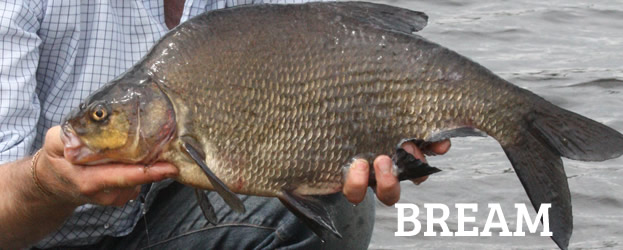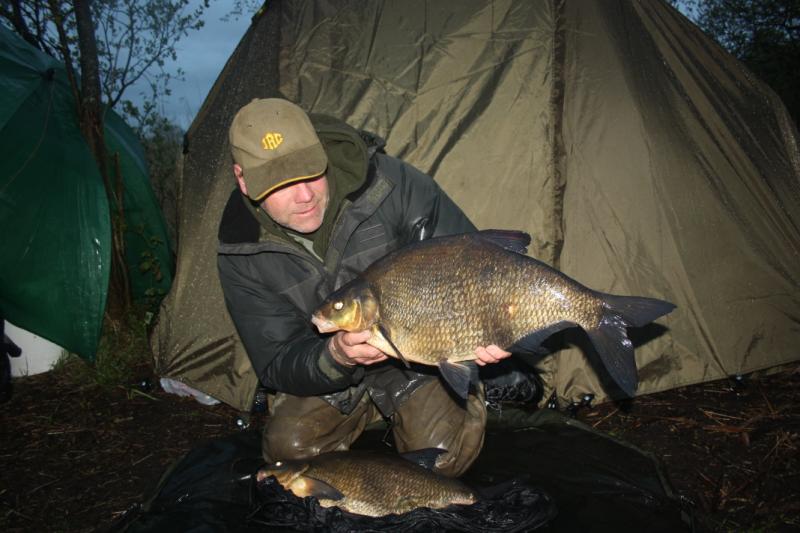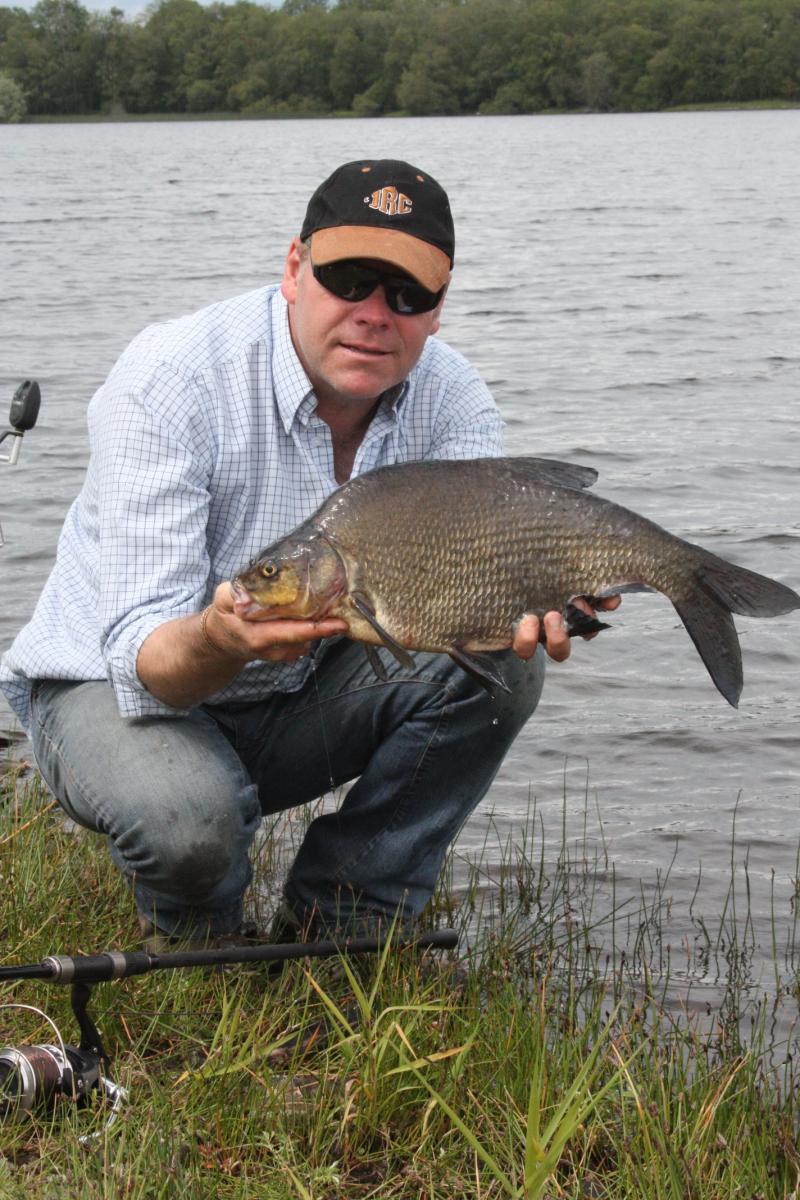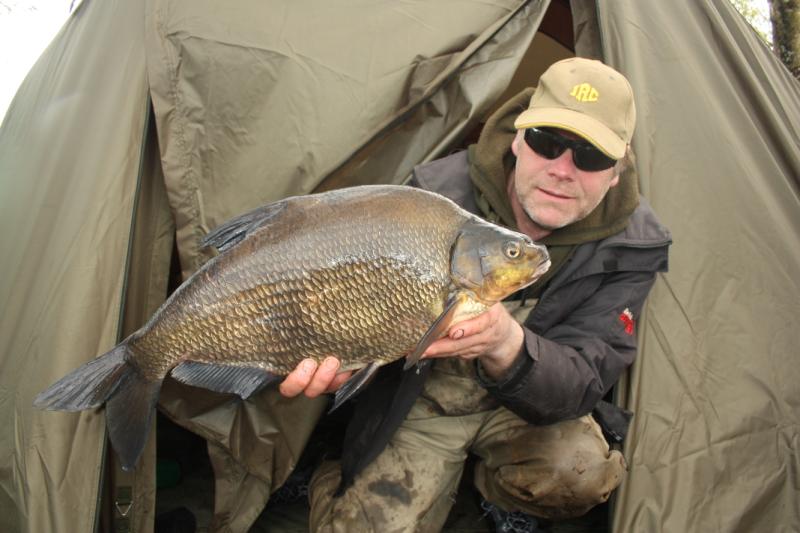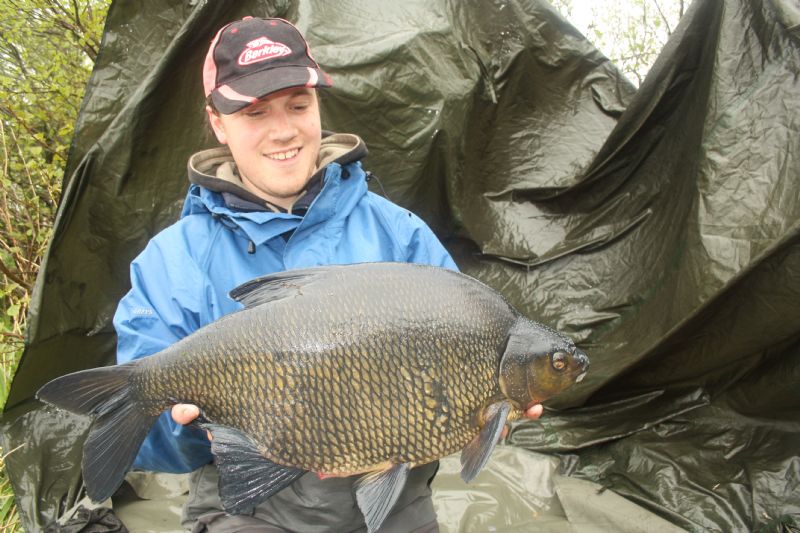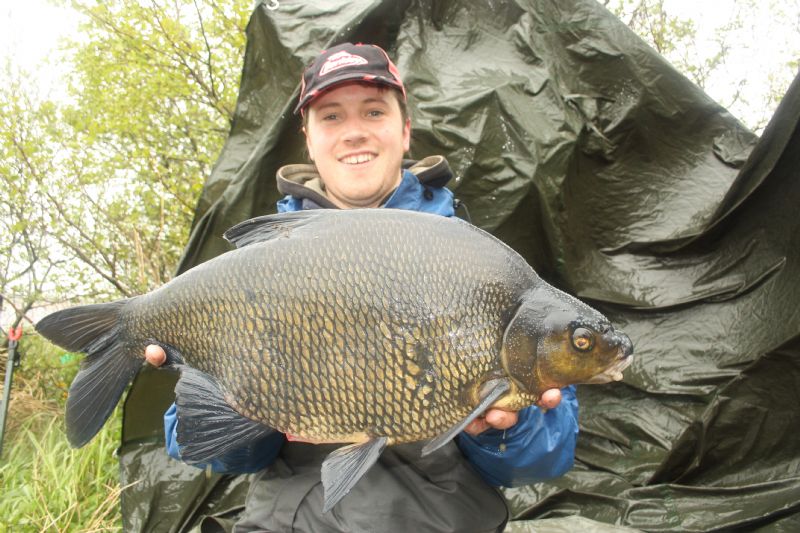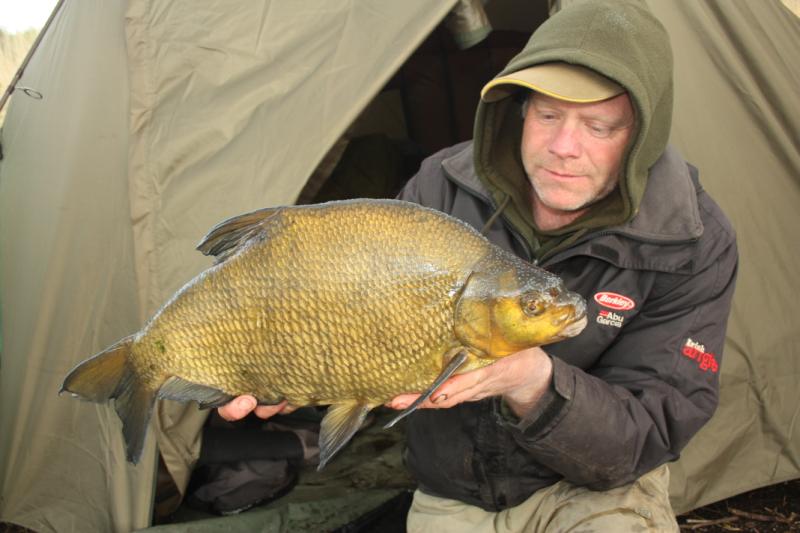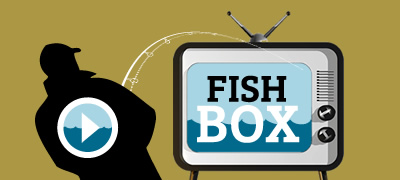Bream
Bream (Abramis brama)
Irish Record 6.07 Kilo taken on 26.06.2012 by Bryan Robinson at Ballywillan Lough, Dromore.
Specimen 7.5lbs or 3.402 kilo
Identification
Irish Bream are a slim, deep-bodied fish, designed for tight shoaling. As juveniles, they tend to be silver in colour, whereas the adults are a range of bronze, brown or gold hues. The dorsal fin is quite long, and begins slightly further back than the pelvic fins. The anal fin is also long, with 23-29 fin rays, and a large tail. There are approximately 49-57 scales along the lateral line.
Where to catch
Amongst the wealth of freshwater species found in Ireland, it is fair to say that Bream are probably the best known, and certainly one of the most sought after species when it comes to angling tourism. Ireland’s mid-country waters were, and remain legendary, drawing anglers from the UK and beyond to sample the riches our Bream waters have to offer.
There are over nine thousand miles of river systems, and six hundred thousand acres of water, and for the coarse angler and specimen hunter, Bream may be found in most of them. From the large, bronze “bin-lids” or “slabs” as they are affectionately known, to the shoals of juvenile “skimmers”, Ireland has a wealth of waters on offer.
Well-known venues such as Monalty, Lanesborough, Bolganard, Lough-na-glack and Rahans, and major river venues such as the Bann, the Barrow and the Shannon have come on and off the boil over the years. This is due to a number of reasons, but the Bream usually bounce back. If the popular marks and hot-spots aren’t producing, this is the perfect excuse to try new areas, many of which, even in these modern times, have yet to see an angler.
There is major satisfaction to be gained by accessing a boat and sounder, and heading out into the “wilds” in search of Bream shoals. Once located, either fish from the boat, or if near to land, pre-bait, set up camp and target them from the comfort of the shore. On many occasions, you will be the only angler there!
When to catch
The best times to catch Bream are April to October, coinciding with a rise in temperature leading up to spawning, normally April-May. They can be readily targeted throughout the summer season. Bream will also show to some extent through the winter months, but this may be extremely hit or miss, with greater chances on the river systems.
Bait
As Bream are a member of the group “cyprinids”, they are equipped with a strong set of pharyngeal teeth, located in the back of the throat area. These make short work of the usual natural food supply such as freshwater shrimp, bloodworm, insect larvae, small molluscs and even fish fry at times. For angling purposes, maggots, sweet corn, and bread flake are tops, not forgetting chopped worm and caster, particularly in the feed.
Methods
If you have the time to devote to a particular water, pre-baiting is extremely effective in drawing large shoals of Bream to the immediate area. Ground-bait packed with chopped corn, caster, pellets and chopped worm will have fish queuing up, however, if your venue suffers from numbers of eels, which can be extremely annoying, especially when night fishing, hold back on the worm and caster and stick with particle baits in the feed, and “popped-up” corn or bread-flake on the hook.
Although float fishing may be effective on occasion, Bream are primarily a bottom feeder, sifting through silt, small pebbles and gravel. Ledgering accounts for most large catches, fishing the swim-feeder over pre-baited areas. Quiver-tip methods are standard practice, with line rating of 4-6lb b/s depending on conditions encountered, with hook sizes ranging from 14-10.
If you are in for the long haul, maybe a three-five day session, then obviously the tackle set-up will vary somewhat, allowing for night sessions. Light Carp or Tench rods with a test curve of 1.25-1.5 lbs are ideal. Set up with bolt-rigs, method feeder and drop-offs with suitable bite alarms, night sessions can prove extremely effective in finding the larger specimens.
With Bream in particular, try to pick an angling session coinciding with a drop in pressure, as this is usually the key to finding them in a feeding mood.
Articles
http://www.angling-ireland.com/targeting_bream_featuring_the_penn_ltd_7000
http://www.angling-ireland.com/the_slider
http://www.angling-ireland.com/begging_for_bream
http://www.angling-ireland.com/lower_bann_bream_bash




